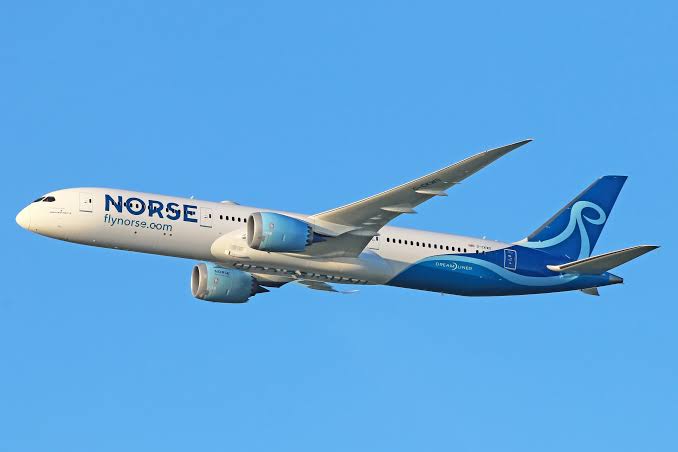By: Syed Tanveer Abbas
Sectarian is a word that is used for a particular sect/group. It entails that something has to do with smaller factions/groups and sectarian issues/conflicts/violence refers to the hostility among such groups. There are multiple types of sectarianism such as religious, political, ethnic, linguistic, and cultural. However, sectarian issues in Pakistan are predominantly understood in the religious context like Sunni-Shia conflicts, Intra-sect issues as, Deobandi vs Barelvi, Ahl- Hadith to name a few which leaves footprints of hatred, intolerance, extremism, but the question arises here that how these issues were generated? And from where do their roots lie?
Historically speaking, Sectarian issues came on the surface after the demise of Prophet Mohammad S.A.W that who will be Caliph, two groups emerged one known as Sunni who said there should be consensus on electing the caliph, other one is known as Shia, their claim was that caliph should be made on lineage/Bloodline. Fast forward to the 19th century before the British Raj in the sub-continent, this conflict was between dynasties representing as Ummyids, Abbasids, Fatimids then extended to Syeds dynasty vs Mughals and after independence in 1947 according to the International Crisis Group ICG (Think Tank – Brussels) Sectarian Conflict in Pakistan is a direct consequence of State Policy of Islamization which was adopted during the era of General Zia-ul-haq in 1977, this exacerbated and shaped the sectarian issues in a drastic manner. The common public in huge numbers got involved in sectarian conflicts as the direct consequence of the policy of Islamization undermining the 15% of Shia population in Pakistan and other sub-sects who have many differences in their Islamic jurisprudence.
There were external factors too that played a crucial role in escalating the fire of sectarianism in Pakistan. Pakistan’s role in Soviet-Afghan War 1979 and Saudi-Iran proxy war. In 1979 Pakistan with the collaboration of the US and Saudi prepared the jihadi groups which fought against the Soviet Union but then after some went out of control and started playing the overt and covert role in the Kashmir issue as well. These jihadi groups were trained in Madaress, As a result, groups like Lashkar-e-Jahvi, Sipah-e-Shahaba, Jaish-Muhammad to mention a few, propagated anti narratives against the Shia community in Pakistan. Particularly, In Quetta against Hazar’s, In Gilgat Baltistan (Pakistan which is the only Shia majority province), in Karachi -Abbas town attacks-and other parts of the country in a reprisal Shia Militant groups also came up with names as Sipah-e-Mohammad Pakistan, Majilis- Wahdat Muslimeen etc. Resultantly the country saw widespread of sectarian violence in the shape of targeted killings, Bombast on Imambarghs, attacks on religious procession, attacks on buses of the Shia people pilgrim to Iran traveling through Baluchistan, prominent religious leaders and artists also murdered in the outcome of sectarian violence.
According to the Pew Research Centre (USA), 80% of Pakistanis believe that Shia-Sunni is a big problem in Pakistan and 40% even do not consider Shia as Muslim and use slogans like — KAFIR—. However, The Washington Group of Senior Diplomates and Scholars warns Pakistan cannot exist without coexistence b/w Sunni and Shia Muslims.
Another eminent reason for sectarian issues in Pakistan is linked with the strategic dimension of the Middle East conflict between Saudi Arabia and Iran. Many observers quoted that these countries support different militant groups which promote their interest. Iran provides moral support to the Shia militant groups and Saudi Arabia gives financial facilitation. Political authorities of the country were reluctant to intervene due to some obvious reasons of religious sanctity and sensitivity. This led to the stage where sectarianism become so deep in our society that many consider it normal unless this phenomenon turns ugly. Religion is present at the core of country’s identity but unfortunately, it was hijacked and made a sectarian issue. Clergies due to their overwhelming influence use it as a tool to extract the political gain and representation in the parliament. The country needs to act prudently in policymaking and implementation.
The Parliament and religious scholars had adopted policies like Milli Yakjahti Draft in 1990’s, Tahaffuz Bunyah-Islam (Protecting the foundation of Islam), Council of Islamic ideology draft code of conduct 20 points action plan, Paigham-i-Pakistan Bill 2018 to curb the outcomes of sectarian issues such as violence, extremism, intolerance, discrimination, bigotry, hatred, terrorism, political unrest, social chaos, economic loss that country bears and security dilemma that country faces but it is a more worrisome point that these militant outfits have nexus to international terrorist organizations like, Taliban, Al-qaida, and ISIS.
These outfit organizations were ban but interestingly were reincarnated by the new names with same old deeds. Nevertheless, the problem does not lie with the policies or law rather effective implementation is lacking. The state can surely take measures like parliament-led engagement, recognize diversity in Islam, society has to be more intelligent than to fail in the old concept of divide and rule. We have to defend each other from the adverse ramification of sectarian issues in Pakistan.
The writer is a lawyer. He can be reached at [email protected]













